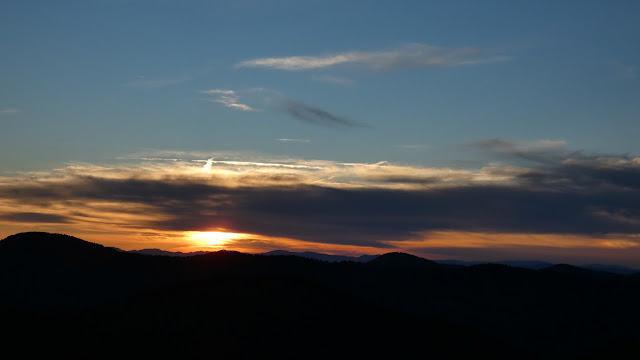The Drunkard’s Path is a traditional quilt block with a long, if debated, history. Our knowledge of the history of any particular quilting block or motif is primarily dependent upon oral tradition, and it often reaches far beyond the expected domestic sphere in which we might couch our expectations. This block is a great example of this.
According to some sources (links below), the Drunkard’s Path may link to shapes found in ancient Egypt and Rome. In fact, it is also known as Solomon’s Puzzle. Some oral traditions suggest a link to Underground Railroad directions. But the history that links directly to its name is the Women’s Temperance Movement and the Women’s Christian Temperance Union (founded in the mid-1870s). Although the block, in its simplest form, may consist of a circle within a square, when the cut pieces are separated and shifted, they can create the crooked line of a “drunkard’s path.”
 |
| Refraction (please see Part 1) |
 |
| Single Helix (please see Part 1) |
Sources:













































